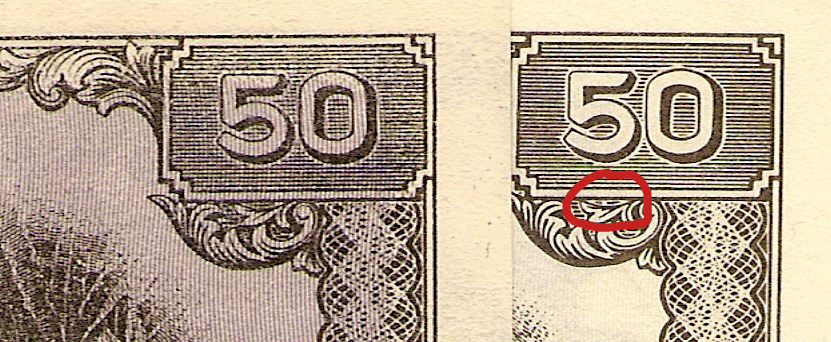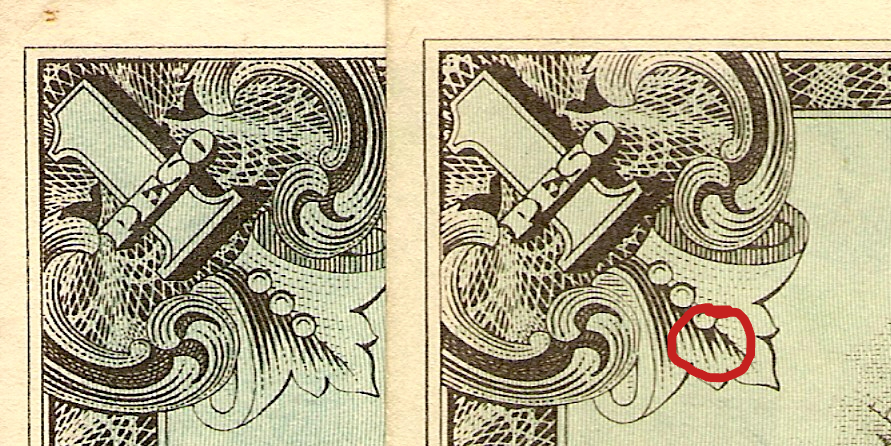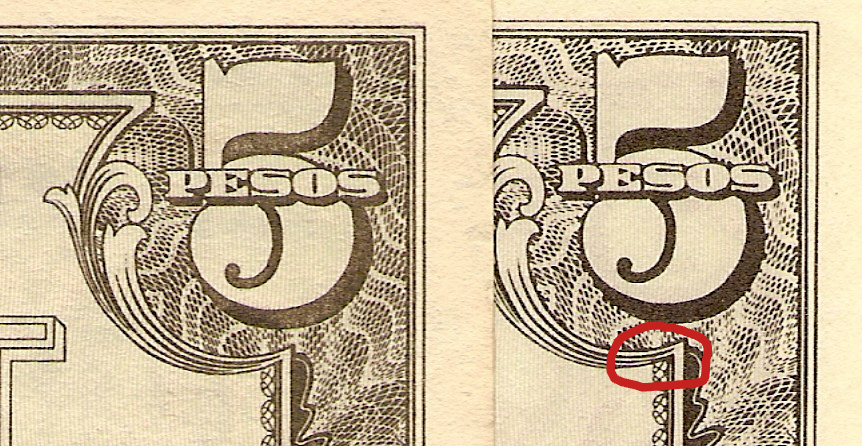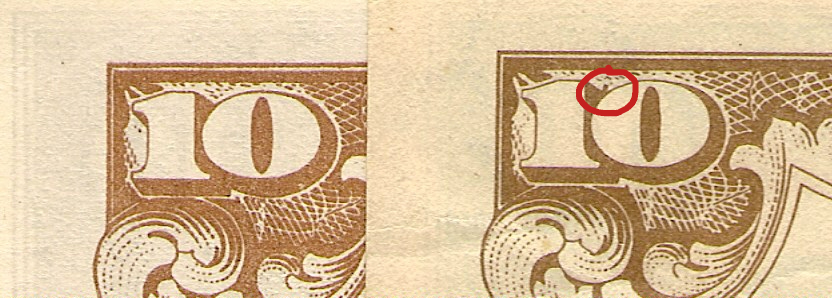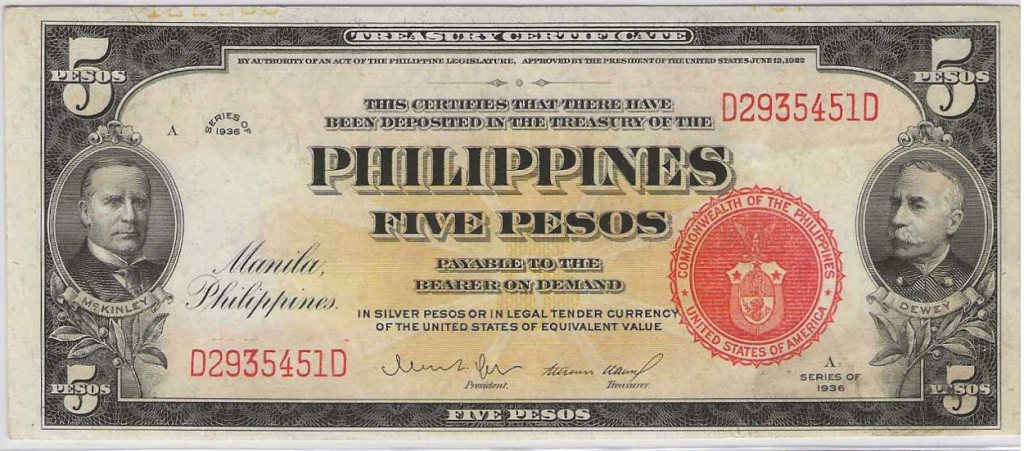
In January 1942, the Japanese introduced the Japanese Military Peso into circulation in the Philippines. Collectors refer to the Japanese notes as Philippine JIM (Japanese Invasion Money).
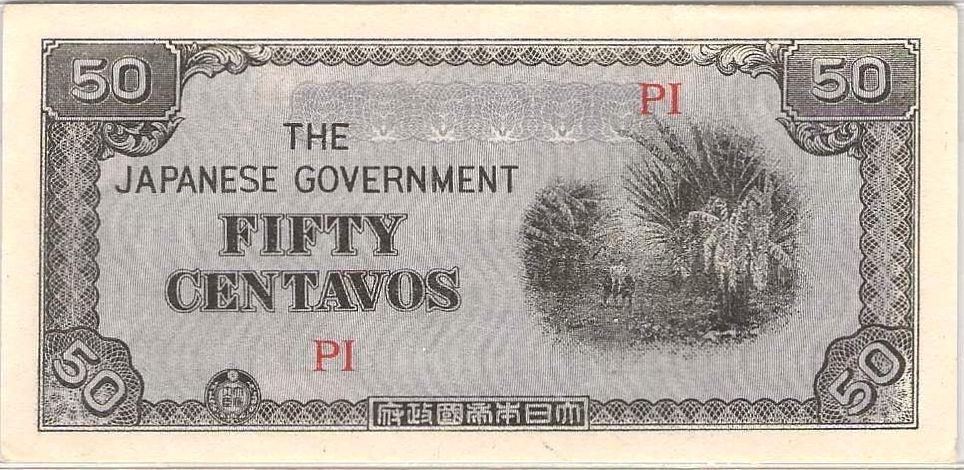
Prior to the war, the US backed Commonwealth Peso was the circulating medium in the Philippines. The pre-war peso was valued at two pesos to a US dollar. When the Japanese introduced its military peso, it pegged the exchange value with the Japanese yen at 1:1. This vastly over-valued the yen versus the peso.The Japanese did not immediately invalidate the Commonwealth peso. The military peso was intended to circulate beside the Commonwealth peso.
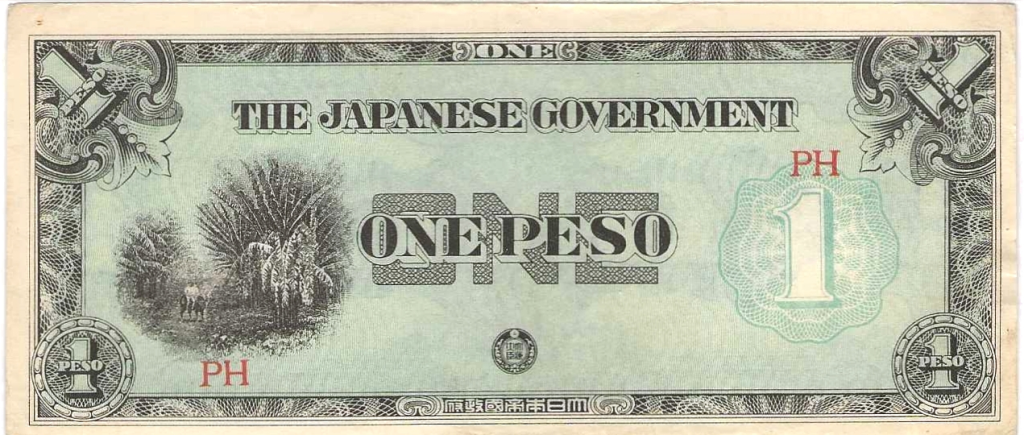
The purpose of an occupation currency is to require the occupied country to pay for the cost of its own occupation. The occupying power is not required to provide cover for its occupation currency so it essentially provides free money to itself to use on the occupied country’s economy. The occupation currency is used to pay the occupying military force its wages and to pay for requisitioned items and property.
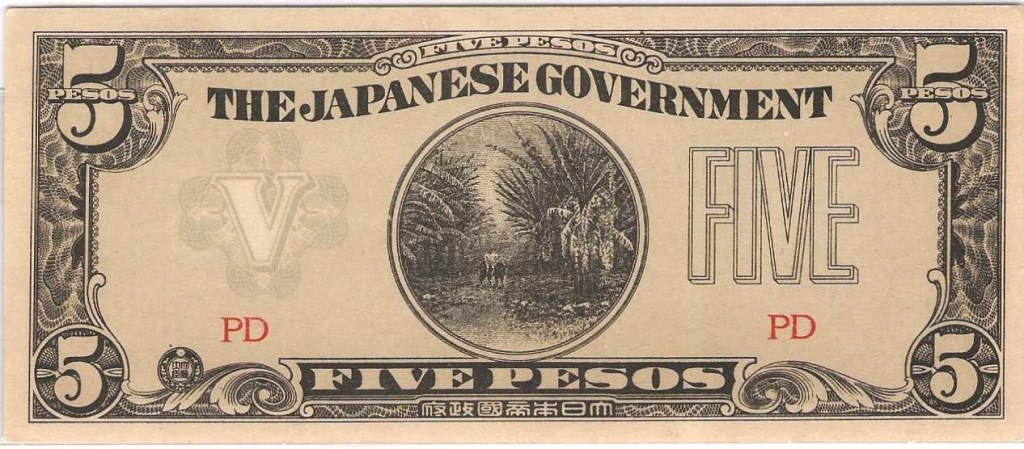
Gresham’s Law is a theory of monetary policy that says that bad money will push good money out of circulation. The good money will be hoarded while the bad money will be spent as quickly as possible. In the Philippines, Gresham’s Law forced the Commonwealth peso out of circulation even before the Japanese forbade its use. Profligate spending by the Japanese and military loses caused significant inflation in the Philippines such that in early 1945 it took 120 military pesos to equal the value of one Commonwealth peso.
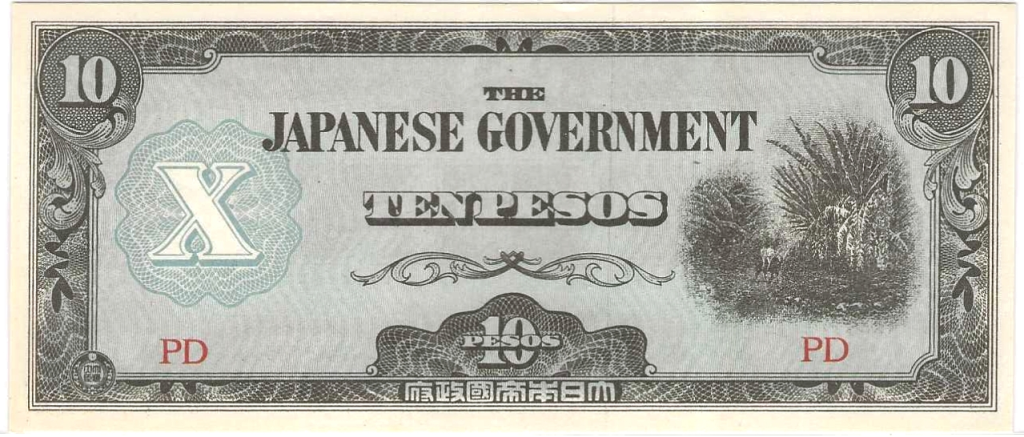
Although the Japanese had conquered Manila and the other large cities, they did not have much control in the countryside and the jungle. Guerrilla units formed to resist the Japanese occupation. The guerrilla units were made up of native Filipinos and remnants of US forces who refused to surrender. Philippine President Manuel Quezon authorized many of the guerrilla organizations to issue notes in the name of the Philippine Commonwealth.
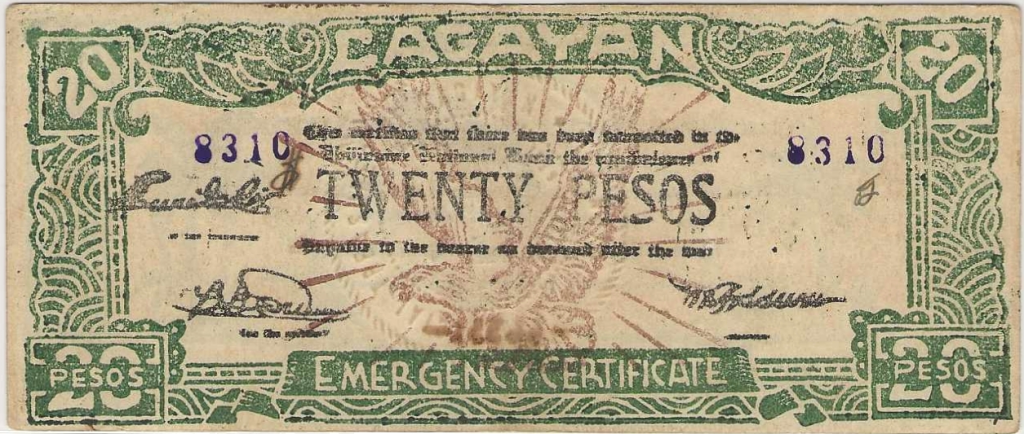
In addition to the guerrilla units, the US inserted special operations teams into the Philippines by submarine. These units were originally furnished with pre-war Commonwealth peso notes for use in their operations in country. They complained, however, that the uncirculated notes they were given were not well-received because the new notes would be looked at with suspicion by Japanese authorities. The US Bureau of Standards developed a process to “circulate” the notes by tumbling them with dirt, coffee grounds and other material.
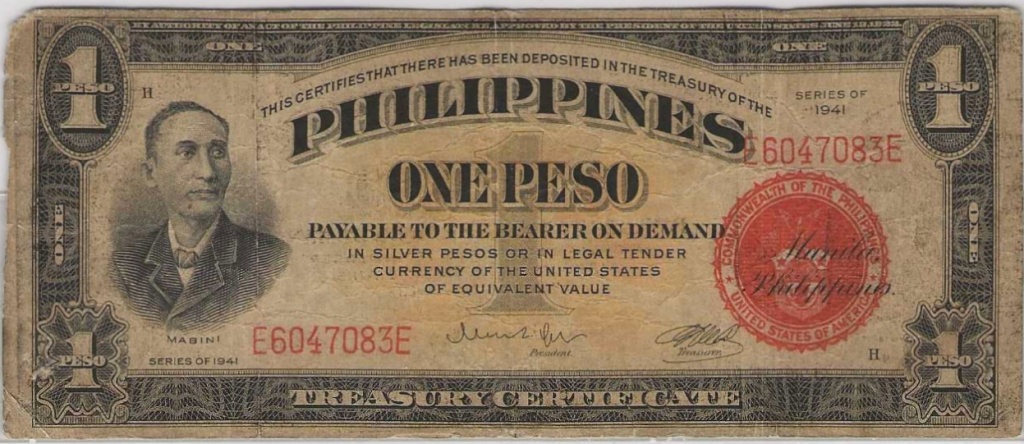
The notes processed by the Bureau of Standards can be identified by their serial numbers. The following notes, all Series 1941, were processed:
| One peso | E6008001E-E6324000E |
| Five Peso | E1208001E-E1328000E |
| Ten Peso | E810001E-E870000E |
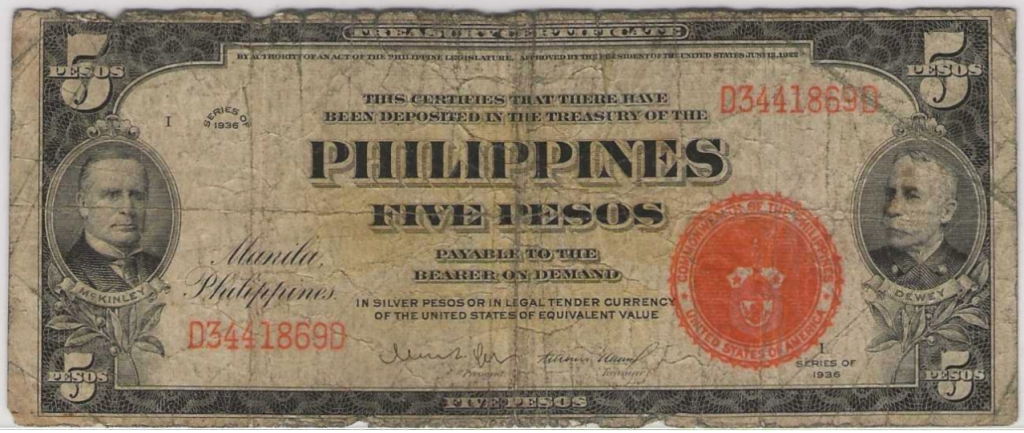
The Army then asked for Series 1936 notes. They were supplied with the following notes:
| Five Peso | D3244001D-D3544000D |
| Ten Peso | D2024001D-D2174000D |
| Twenty Peso | D1664001D-D1739000D |
| One hundred peso | D41001D-D56000D |
The units operating in the Philippines also requested that they be supplied with Japanese Military Peso notes. In order to meet this request, US Army authorities obtained them the only way they could — they had them printed in Washington. Ten million pesos of the first series of Philippine JIM were printed of which P8,300,000.00 were put into circulation by US and Filipino sources. The US printed counterfeit Philippine JIM notes can be identified by small imperfections in them. Examples of each will be shown below. The genuine notes are on the left in each of these images and the counterfeit on the right.
